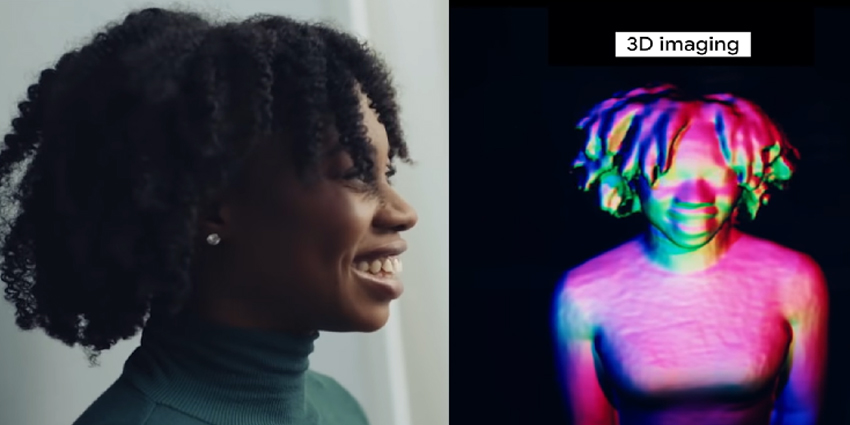“Imagine instead of looking through a screen you’re looking through a magic plane of glass” – Steve Seitz
Extended reality solutions can fade seemingly intrusive hardware into the background of an immersive experience, whether in day-to-day workflows or in daily communications.
Like the “Looking Glass” technology seen in the 2016 video game Prey, Project Starlight offers users a self-proclaimed magic screen. With key breakthroughs in immersive experiences, Project Starline will not require a pair of smart glasses or a headset.
Bringing a truly immersive experience through 3D imaging, real-time compression and a 3D display. Creating a to-scale, life-like, high-fidelity three-dimensional display of another person.
Focusing on computer vision, machine learning, spatial audio and real-time compression. Project Starlight brings together ground-breaking research to develop something truly awe-inspiring.
Competition could be in sight with Light Field Lab’s holographic TV prototype. Initially unveiled in 2018, Light Field’s hardware rose $28 million in 2019 through the likes of Samsung and Verizon.
Light Field wanted to release in the 2020s. However, they faced issues when Google bought their main collaborator, Lytrole. Lytro was the group behind the development of the original light field capture cameras. The same cameras that went on to be used for Project Starline.
Project Starline in Use:
We can now see these cameras in use. And the results are awe-inspiring, creating a true sense of volume and depth. The examples presented in Google’s announcement video are excellent!
Through XR, Project Starline offers something genuinely immersive and accessible for all. Progressing the future of video communication, particularly regarding enterprise use.
Instead of integrating AR or VR meetings, which some could see as complex or inaccessible, enterprises can use Project Starlight’s XR solution as an easy transition from video conferencing, as Starline doesn’t require any intrusive hardware.
Project Starline’s hardware is a fairly natural transition from video calls. This relative familiarity, mixed with the brand-new technology, will allow anyone to get involved in the exciting world of XR communication.
Even eliminating issues related to Zoom fatigue by creating a more realistic immersive environment, where a user is face to face with their recipient without drawing attention to their face.
Google sees the value in enterprise with project Starline. After more internal testing and development at Google, with their employees. Google is looking to trial the technology with selected enterprises in healthcare and media later this year.
As time passes, Project Starline’s technology will become less specialist, less expensive, and more accessible to everyone in the coming years. It doesn’t sound like it’ll be too long until enterprises worldwide can use Project Starline.







